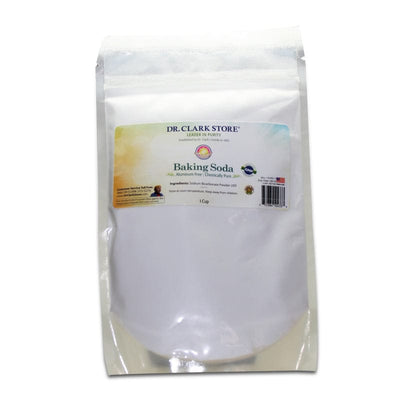Taste the Rainbow: The Benefits of Colorful Eating

How many colors did you eat today? And artificial colors don’t count! In terms of real, minimally processed foods, what was the color palette of your food intake?
If you eat monochromatically or you don’t eat naturally vibrant colored foods, you are missing out on some great health benefits.
What does the color of food have to do with nutrition? In a word: phytochemicals. Phytochemicals are naturally occurring substances in plants that provide health benefits beyond their standard nutrients, and are thought to work synergistically with vitamins, minerals, and fiber in whole foods to promote good health and lower the risk of disease.
For instance, the substance that makes a blueberry blue and a strawberry red is an indicator of the presence of phytochemicals. Fruits and vegetables are also low in fat and calories, and they contain natural sugar, as opposed to refined sugar, which can cause abrupt fluctuations in your blood sugar level. So try to get a bit of each color in your diet every day to maximize these nutritional benefits.
How do differently-colored foods indicate different nutrient profiles?
Red
Red fruits and vegetables are rich in the antioxidants lycopene and anthocyanins, according to the U.S. Department of Agriculture. A medium raw tomato provides approximately 3.2 micrograms of lycopene, a carotenoid that helps your body make vitamin A. There is no set recommended daily allowance (RDA) for lycopene, but the Mayo Clinic recommends getting 2 to 30 milligrams per day. Nosh on these:
- Raspberries
- Tomatoes
- Guava
- Watermelon
- Red cabbage
- Cherries
- Strawberries
- Beets
Orange and Yellow
Orange and yellow colored fruits and vegetables come from high levels of beta-carotene, which your body uses to convert to vitamin A. Beta-carotene improves night vision, and helps to keep your skin, teeth, and bones healthy. Orange and yellow foods also contains folate, an antioxidant and B vitamin (B9) that helps prevent birth defects in unborn infants. The US RDA is 500 micrograms of vitamin A, and 320 micrograms of folate. Go culinary crazy with these:
- Apricots
- Cantaloupe
- Mangoes
- Nectarines
- Peaches
- Papaya
- Oranges
- Pineapple
- Passion fruit
- Carrots
- Sweet potatoes
- Butternut squash
- Pumpkin
- Yellow and orange bell peppers
Green
Green vegetables are good for your eyes, bones, and teeth, and the vitamin K in them helps your blood clot properly. Green foods’ antioxidant vitamins, particularly vitamins C and E, can lower your risk of chronic diseases. They provide the phytonutrients lutein and zeaxanthin, which may protect you from vision loss due to eye diseases such as macular degeneration. Fill up on these green goodies:
- Broccoli
- Zucchini
- Sea vegetables
- Wheatgrass
- Dark leafy greens
- Fresh herbs
Blue and Purple
Blue and purple fruits and vegetables contain anthocyanins, natural plant pigments with powerful antioxidant properties that can reduce your risk of cardiovascular disease. They also contain flavonoids and ellagic acid, compounds that may destroy cancer cells, according to the American Institute for Cancer Research. The antioxidants in blueberries have been shown to fight cancer cells in the lungs, stomach, breast, and pancreas. Anthocyanins and ellagic acid also exhibit anti-inflammatory properties that may prevent cancers of the esophagus and colon. Gobble up some of these:
- Blueberries
- Blackberries
- Plums
- Purple cabbage
- Black currants
- Purple or black grapes
- Eggplant
- Figs
- Purple potatoes
White
Yes, even the essentially “colorless” members of the produce world have special nutrient properties. White fleshed fruits and vegetables are high in dietary fiber, which helps to protect you from high cholesterol. They also have antioxidant-rich flavonoids such as quercetin. According to a Dutch study published with the American Heart Association in 2011, white fruits and vegetables may also lower your risk of stroke. The ten-year diet study found that people with a high intake of white fruits and vegetables had a 52 percent lower risk of stroke. Load up on these:
- Apples
- Pears
- Bananas
- Cauliflower
- Cucumbers
- Potatoes
- Mushrooms
- Garlic
- Onions
Well, color me delicious! Anyone else craving a big, colorful salad?



